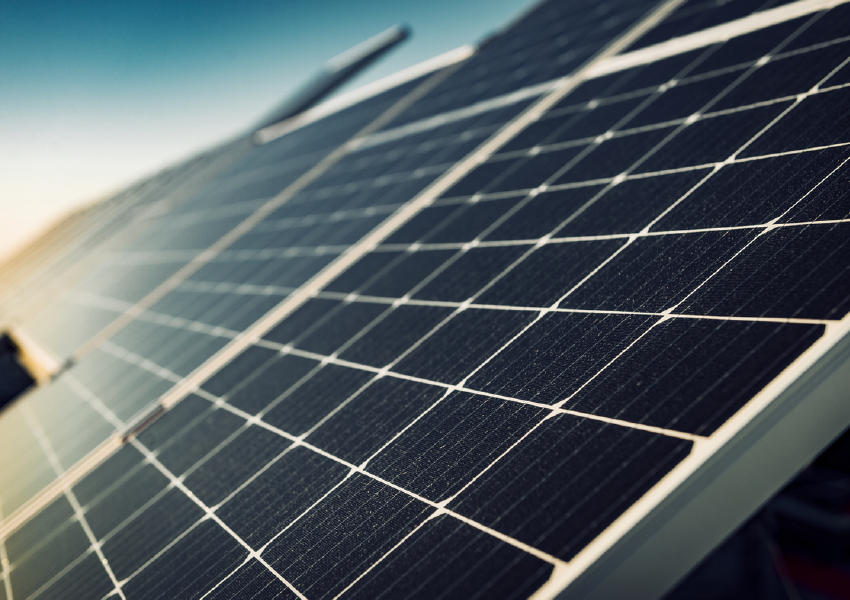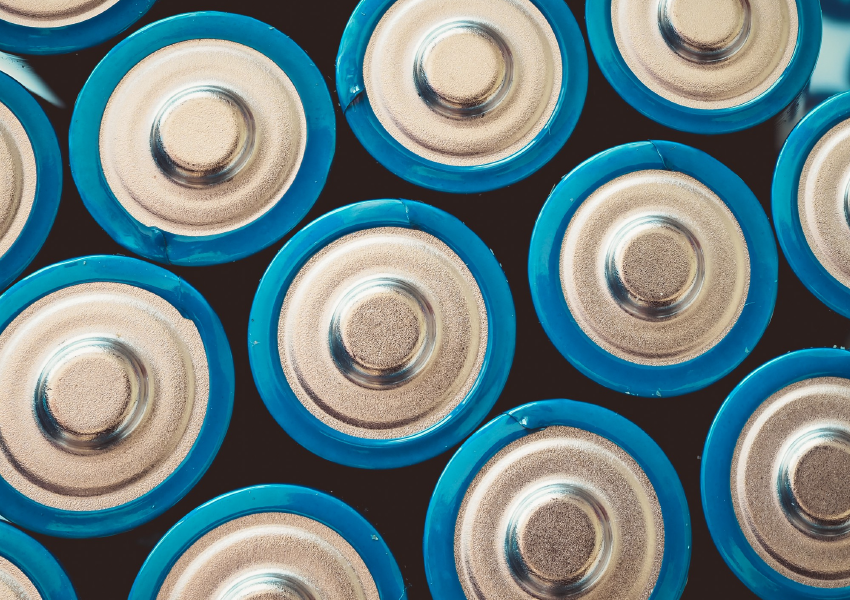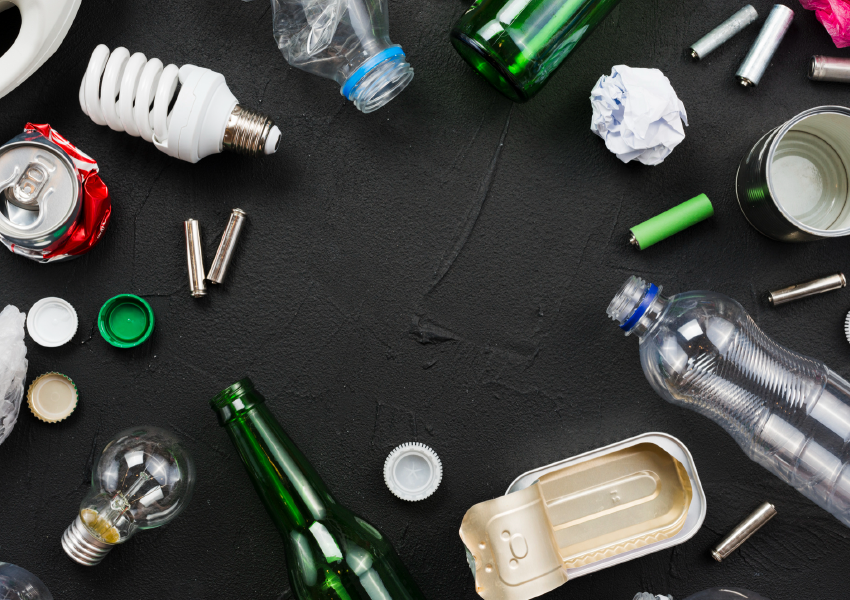
“Systemic” axis
“Systemic” axis
Axis definition
These axes enable us to deal with “object” sources of waste, most often multi-material, and to envisage systemic approaches that are more relevant to industrial, economic and social realities. Thus, the following sources of waste have been identified (these systemic approaches include sources of material waste that are not taken into account in other PEPR research programs, such as the PEPR Batteries and Decarbonated Hydrogen programs)
- Batteries – mainly strategic metals
- New energy technologies: photovoltaics (PV cells and panels), hydrogen technologies (electrolyzers, fuel cells, tanks and pipes), and wind energy (wind turbine blades and towers, rotors) – strategic metals and rare earths, plastics, composite materials.
- WEEE (waste electronic and electrotechnical equipment) – strategic metals, plastics, composite materials.
- Household waste (excluding glass and bio-waste) – plastics, textiles, paper and cardboard
“Systemic” projects

Batteries axis
Innovative, sustainable, economical and flexible recycling process for used lithium-ion batteries
See more

New energy technologies axis
Plan virtuous recycling approaches to enhance the value of certain systems linked to new energy technologies.
See more

WEEE axis
Better understand the potential deposits of critical metals in WEEE and develop processes to maximize their recovery.
See more

Household Waste axis
Acquire the knowledge needed to improve household waste recycling along the entire value chain.
See more
No news